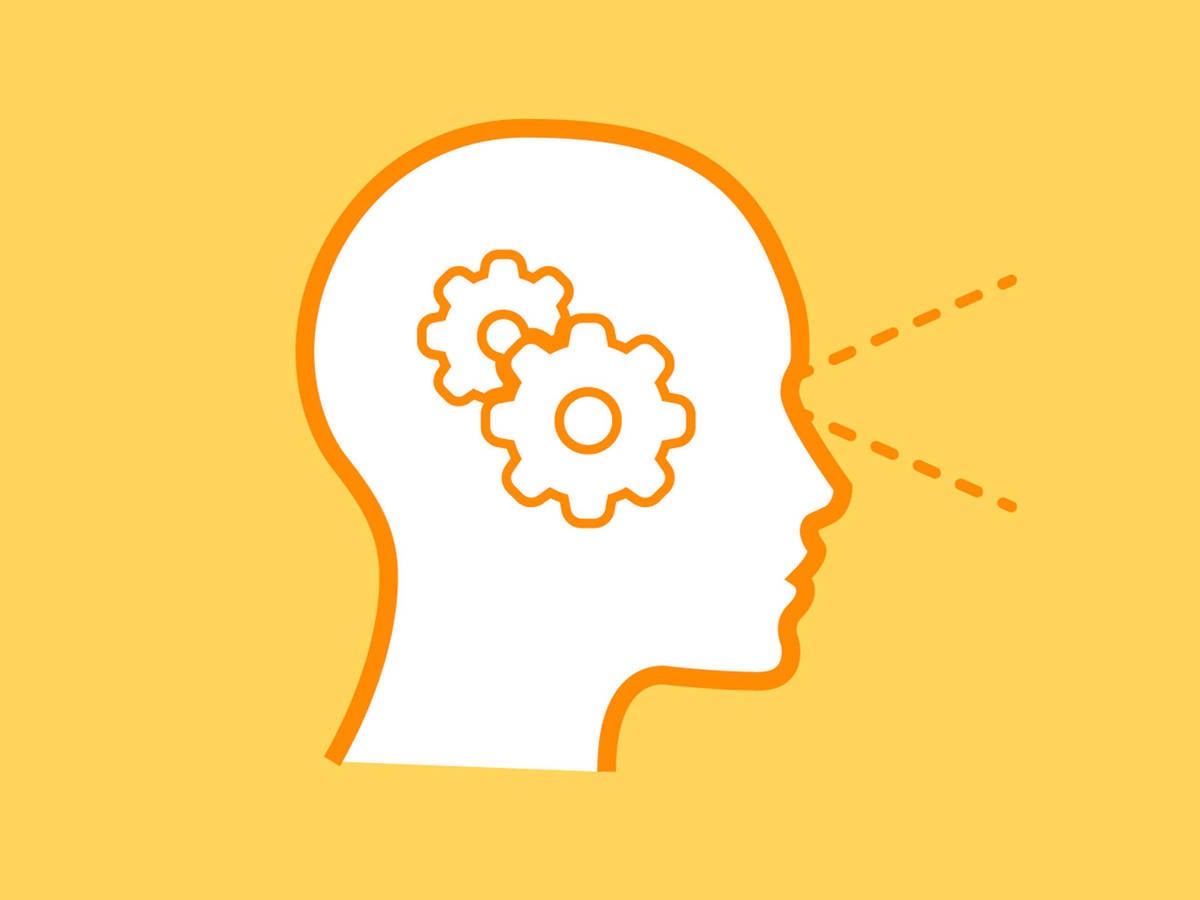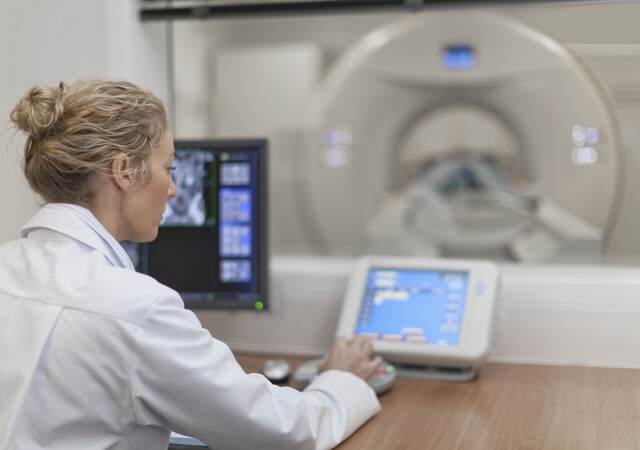December 14, 2022
2022 is coming to a close, or already has depending on when you read this post. From the perspective of practicing human factors, it has felt like a return to normalcy as compared to the prior, COVID-affected years. However, we have actually moved toward a new normal that involves more remote work, as a response to both workforce and customer preferences.
As I reflect over the past few years, our team had to reinvent human factors practices in 2020 and 2021 because of COVID-19. Our user research work has been highly constrained by rigorous safety precautions, and rightly so. We strove to protect our team members and our research participants by all practical means. Often, this meant conducting usability tests over the Internet, which introduced a lot of complexities and compromised the kind of research we traditionally do. Eventually, we learned how to conduct research in person but with masks on, working in separate rooms from research participants, HEPA air filters as constant companions and more protections. By and large, the precautions were effective, and we were able to deliver human factors results to our customers.
Today, we’ve largely dispensed with precautions considered unnecessary in a time when many people are vaccinated and go about their business much as they did in 2019. Still, we remain wary of COVID and take appropriate steps to make our research participants comfortable serving in their important role; a role that is just as important as ever.
This year, with the assistance of our research participants, we have returned to conducting primarily in-person studies on the use-safety of myriad medical technologies. Recently, we have evaluated dialysis machines, medical robots, infusion pumps, drug delivery devices and diagnostic and therapy-prescribing apps, just to name a small fraction of the projects we conducted. We served customers in North America, Europe, Asia, and the South Pacific (OK, it was New Zealand!). We helped numerous customers obtain regulatory approval for their medical products from the US Food and Drug Administration (FDA) and other regulators. So, we have accomplished a lot in conjunction with our customers in 2022.
As we have practiced human factors robustly, we have shared many of our insights with customers and the professional community at large. This year, our team members wrote 22 blogs, delivered 4 conference presentations, issued 10 informative and fun newsletters, delivered 9 webinars, conducted 11 workshops and instructor-led trainings, taught 4 semester-long university courses and published a book. As the team leader, I call that a job well-done at doing what our parent company has done well for generations – creating and sharing knowledge with a safety-first theme.
In closing, I thank all of Emergo by UL’s customers and my colleagues for making it a good year of working together to make healthcare safe and effective. It is our goal to do even more in 2023!
Be well and I wish you and yours a Happy New Year,
Michael Wiklund – General Manager, Emergo by UL Human Factors Research & Design.
Request more information from our specialists
Thanks for your interest in our products and services. Let's collect some information so we can connect you with the right person.






